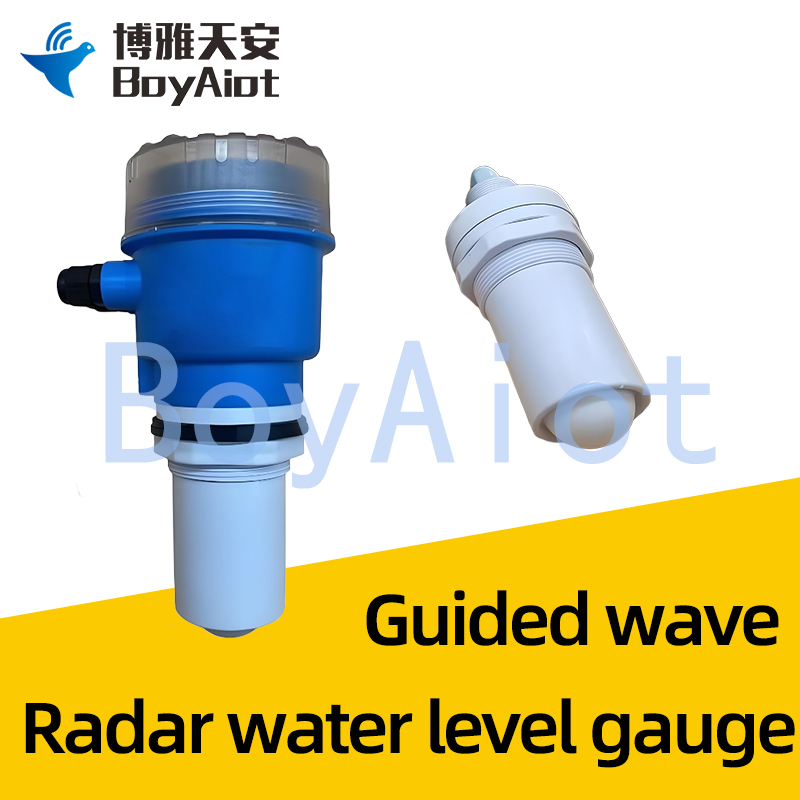BOY-MS01 Seismic intensity meter
Product features:
1. Delicate and compact, easy to install
2. Real-time data transmission, real-time status and intensity output
3. High-level protection, strong anti-interference
4. High dynamic range acceleration sensor, good frequency bandwidth and linearity
▋Product Introduction
With the development of seismic observation technology, seismic intensity meter has been more and more widely used in the process of selecting, processing and calculating seismic intensity of seismic recording data. The seismic intensity meter is the basis of the seismic intensity report, which can provide a scientific basis for the rapid judgment of the disaster situation, the strategy and action of earthquake emergency rescue, and the decision-making of engineering rescue and restoration. Boyaa Tianan BOY-MS01 seismic intensity meter is a high-performance seismic intensity measurement device, which realizes real-time seismic intensity monitoring through MEMS (microcomputer electronic system) and Internet of Things technology.
BOY-MS01 Seismic Intensity Meter adopts 4G network communication and supports both utility and solar power supply. The device monitors the acceleration of X, Y and Z axes during an earthquake through MEMS sensors, and transmits the data to the cloud platform in real time through 4G network.
Seismic intensity meter BOY-MS01 | |
sensor | Built-in 3-axis high precision accelerometer |
Accelerate the measurement range | ±2g |
resolution ratio | 16ug |
sampling rate | ≥100dB |
frequency bandwidth | 0-80HZ |
Built-in services | NTP, PTP, GPS time service |
power input | Rated DC12V |
data communication | 4G |
Power supply capacity | Built-in back power supply capability |
levels of protection | IP67 |
▋ Application scenarios
BOY-MS01 Seismic Intensity Meter can be used in a variety of scenarios including: free site strong seismic observation; strong vibration observation and health monitoring of buildings and structures; artificial blasting observation; vibration monitoring of dams, bridges, stations, tunnels, and other facilities; emergency mobile seismic observation; seismic scientific investigation; earthquake pre-monitoring; landslide rockfall monitoring; and construction of seismic intensity quick report and earthquake pre-network. It can also be used to estimate the magnitude of earthquake impacts that may occur in a construction area. New construction projects can be based on this to carry out seismic calculations of structures or take different seismic measures.
Recommend
 Online Service
Online Service
















